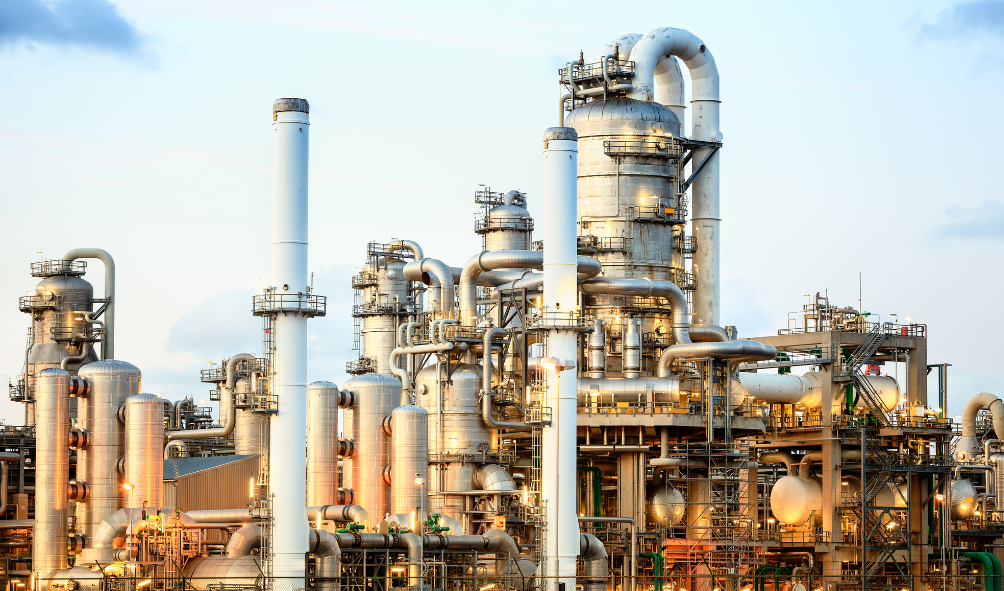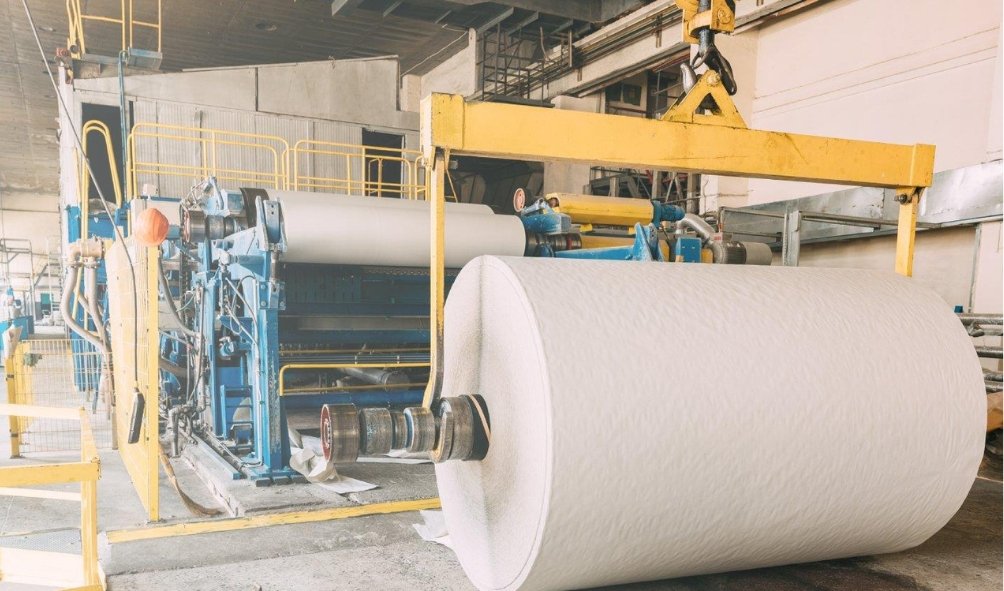The cement industry is a cornerstone of infrastructure development, providing the essential material for construction projects worldwide. However, this sector is also one of the most energy-intensive industries, necessitating innovative solutions for efficiency and sustainability. Electric motors have emerged as vital components in cement manufacturing, offering a combination of performance, energy savings, and environmental benefits.
In this blog, we’ll explore the impact and applications of electric motors in the cement industry and highlight their significance in modernizing this essential sector.
Impact of Electric Motors in Cement Manufacturing
1. Energy Efficiency
The cement manufacturing process requires large-scale mechanical operations, including material crushing, grinding, and mixing. Electric motors power these operations with remarkable efficiency compared to traditional mechanical systems or fossil-fuel-driven engines. High-efficiency motors, especially those with variable frequency drives (VFDs), enable:
- Reduced energy consumption by up to 30-50%.
- Enhanced operational control and precision.
- Lower operating costs over the lifecycle of the motor.
2. Reduced Carbon Footprint
Electric motors contribute significantly to the decarbonization of the cement industry:
- They enable the integration of renewable energy sources like solar and wind.
- High-efficiency motors reduce energy wastage, decreasing overall emissions.
- Their usage aligns with global sustainability initiatives, such as those outlined in the Paris Agreement.
3. Improved Reliability and Durability
Modern electric motors are designed for heavy-duty operations, making them ideal for the harsh conditions in cement plants, such as:
- High temperatures.
- Dust-laden environments.
- Continuous operation requirements.
The durability of these motors reduces downtime and maintenance costs, enhancing the reliability of cement production lines.
Key Applications of Electric Motors in Cement Plants
1. Raw Material Processing
Electric motors drive equipment like crushers and conveyors to process raw materials like limestone and clay. Their precise control ensures uniform material feed rates, improving production efficiency.
2. Grinding Mills
Cement grinding is one of the most energy-intensive processes in the industry. Motors used in ball mills, vertical roller mills, and high-pressure grinding rolls optimize energy consumption and grinding efficiency.
3. Kiln Operations
While the kiln is primarily powered by thermal energy, electric motors drive crucial auxiliary systems such as rotary feeders and exhaust fans, ensuring a consistent production process.
4. Material Handling
Motors operate conveyors, elevators, and stackers, enabling smooth material movement across the plant. Advanced control systems paired with electric motors improve automation and reduce manual labor.
5. Packaging and Dispatch
Electric motors are integral to bagging machines and loaders, ensuring fast and accurate packaging of the final product.
Future Trends: Advancements in Electric Motor Technology
- Smart Motors with IoT Integration
- Sensors in motors provide real-time performance data, enabling predictive maintenance and minimizing unplanned downtime.
- Permanent Magnet Synchronous Motors (PMSMs)
- Offering even higher efficiency than conventional induction motors, PMSMs are gaining traction in energy-intensive industries.
- Energy Recovery Systems
- Electric motors paired with regenerative drives can recover and reuse energy, further reducing operational costs.
Challenges and Solutions
Despite their advantages, electric motors face challenges in the cement industry:
- High Initial Costs: While the upfront investment is significant, lifecycle savings from energy efficiency justify the expenditure.
- Environmental Challenges: Dust and heat can affect motor performance. Protective enclosures and regular maintenance can mitigate these issues.
- Energy Availability: Power supply stability is critical. Pairing electric motors with renewable energy systems and energy storage solutions ensures consistent operations.
Conclusion
Electric motors are revolutionizing the cement industry by enhancing efficiency, reducing environmental impact, and improving operational reliability. As the sector moves toward more sustainable practices, the role of advanced motor technologies will only become more prominent. Adopting these innovations will not only future-proof cement manufacturing but also contribute to global sustainability goals.







